
Poison sumac is a woody shrub or a small tree growing up to 7 meters tall. The poison sumac is not very common but the safe sumac, a non-poisonous variety, is. Poisonous sumac grows only in areas with high humidity. Unlike the common staghorn sumac, leaves of poison sumac are not jagged and hairy, but smooth. Poison sumac does not have any hair on the stems and has approximately 7 to 9 leaves per stem. This shrub needs extra humidity that would normally kill many other plants and is usually found in swamps and peat bogs, in the eastern United States and Canada. Poison sumac also grows small flowers, which develop hanging berry-like fruits. The oil of poison sumac, called urushiol can trigger a very serious skin rash in humans.
Poison sumac skin rash
Urushiol, found in poison sumac, is also responsible for poison ivy and poison oak toxicity symptoms. However, poison sumac is far more virulent than its relatives poison ivy and poison oak. Poison sumac is the most toxic plant species in the United States. Symptoms of the rash include itching, inflammation, oozing, a burning sensation, papules, vesicles, blisters and streaking. The rash caused by urushiol is actually an allergy, and some people don’t have the reaction. It is also possible to develop immunity to urushiol, as well as to lose it. It is estimated that in the United States alone there are up to 50 million cases of urushiol-induced dermatitis each year.
Exposure
The oil from poison sumac is easily transferred from hands to face and other body parts. It is also possible to contaminate various surfaces with poison sumac oil, because it adheres to almost anything it is exposed to, such as towels, blankets, even clothing. This poison is extremely dangerous as it takes around 24 hours before the first symptoms of toxicity appear, and the person usually spreads the poisonous oil to the other parts of the body and other objects. The rash can be very mild or extremely bad. In severe cases, the rash worsens during the next couple of days. These cases demand immediate medical attention. Burning the plant is another way of intoxication. This is especially dangerous as the urushiol can be inhaled with the smoke. This kind of exposure causes systemic reaction as well as rash inside the throat and on the eyes.
Treatment
Treatment for poison sumac is focused on stopping the urushiol contact causing a reaction with the skin and reducing the pain or pruritus. Urushiol is a non-water soluble chemical and the treatment involves washing the exposed skin thoroughly with soap or detergent. In severe cases, doctors may prescribe antihistamines and Hydrocortisone creams.







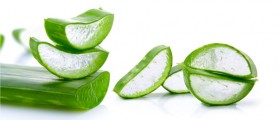

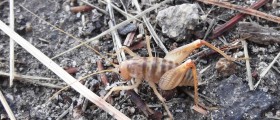
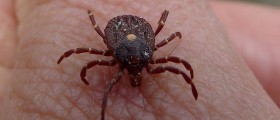
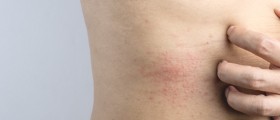
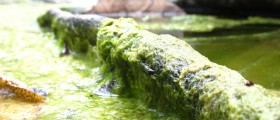
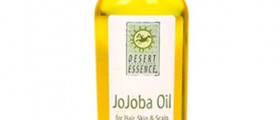



Your thoughts on this
Loading...